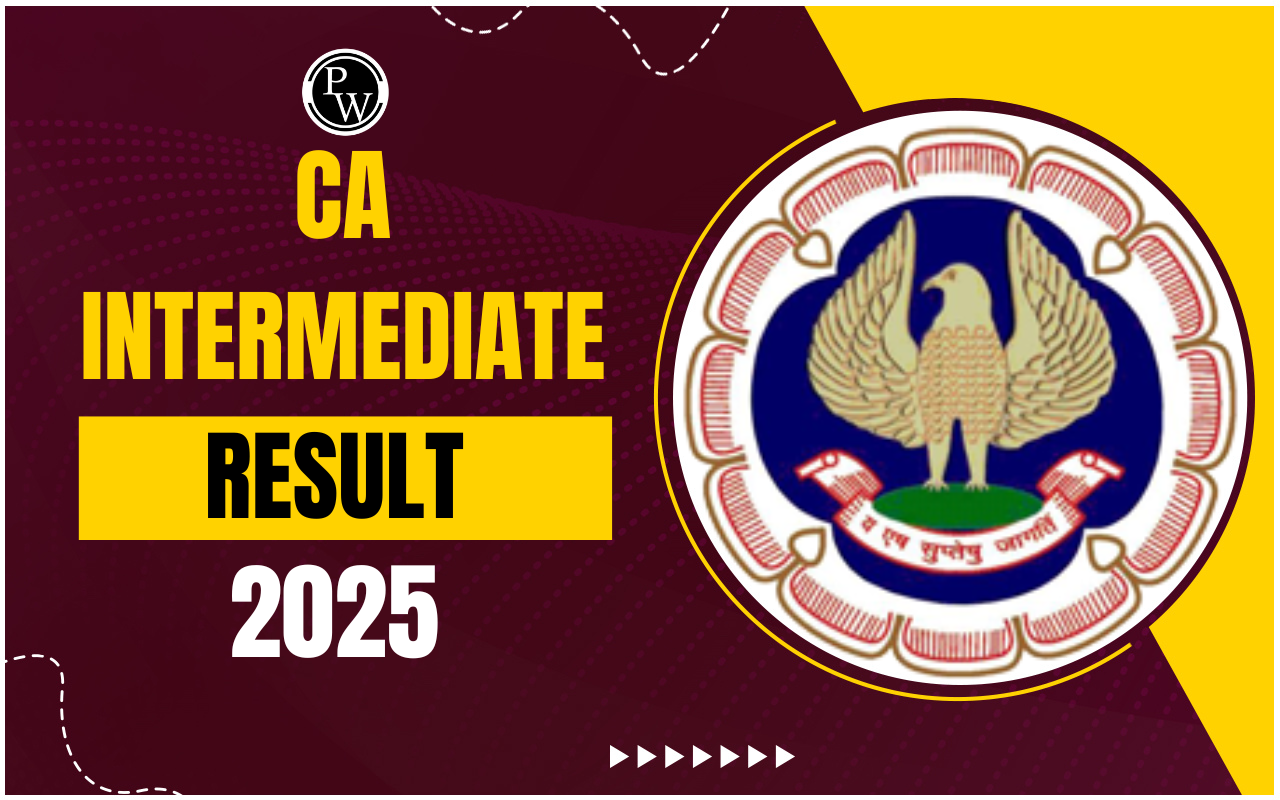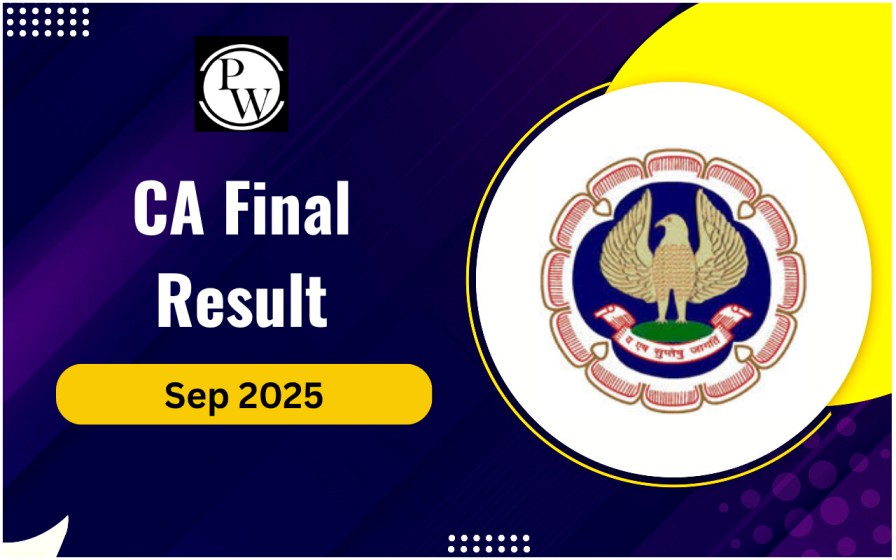
Amalgamations play a crucial role, enabling businesses to expand, diversify, and achieve financial synergy. As a CA aspirant, mastering the concept of Accounting for Amalgamations is vital for both your CA exams and your future career. Continue reading to learn more about Accounting for Amalgamations.
What is Accounting for Amalgamations?
Accounting for Amalgamations refers to the process of recording and reporting financial transactions that occur when two or more companies merge into one or when one company acquires another. Amalgamations can occur for various reasons, such as improving market share, reducing competition, or achieving operational efficiency. Understanding this concept requires familiarity with terms like purchase consideration, amalgamation in the nature of merger, amalgamation in the nature of purchase, and more. These terms form the backbone of the accounting process in such scenarios.Types of Amalgamations
Amalgamations can be broadly classified into two types based on their nature. Understanding these classifications is essential to determine the appropriate accounting method and legal implications. Amalgamations are not just accounting events; they represent strategic decisions that can reshape industries. By identifying their types, one can better understand their financial and operational impacts.1. Amalgamation in the Nature of Merger
This type of amalgamation occurs when: All the assets and liabilities of the transferor company are taken over by the transferee company. Shareholders of the transferor company become shareholders of the transferee company. The business of the transferor continues.2. Amalgamation in the Nature of Purchase
In this type, the transferee company acquires the assets and liabilities of the transferor company, but the business does not necessarily continue. The purchase method is used for accounting in such cases.Also Check: Price Determination in Different Markets
Methods of Accounting for Amalgamations
Choosing the correct method of accounting is vital for accurate financial reporting and compliance with regulations. Each method has specific features that suit different types of amalgamations. Accounting methods are not just about numbers; they reflect the philosophy and structure of the amalgamation process, shaping financial narratives and ensuring transparency.1. Pooling of Interests Method
This method is used for amalgamations in the nature of merger. Under this approach, the assets, liabilities, and reserves of the transferor company are recorded at their existing carrying amounts. No goodwill or capital reserve is created, emphasizing continuity.2. Purchase Method
This method applies to amalgamations in the nature of purchase. In this approach, the assets and liabilities of the transferor company are recorded at their fair value. Goodwill or capital reserve may arise, depending on the purchase consideration paid.Steps in Accounting for Amalgamations
Accurately recording an amalgamation involves a series of steps, each requiring careful consideration and compliance with accounting standards to ensure transparency and accuracy. Accounting for amalgamations is not just a procedural task; it’s about aligning business realities with financial reporting, ensuring clarity for stakeholders.1. Determine the Nature of Amalgamation
Identify whether the amalgamation is in the nature of merger or purchase based on the characteristics outlined above.2. Calculate Purchase Consideration
The purchase consideration is the amount paid by the transferee company to the transferor company for acquiring its business. Methods to compute this include the lump-sum method, net asset method, or payment of shares and debentures.3. Record Journal Entries
Record the necessary journal entries in the books of the transferee company. This step involves transferring assets and liabilities, recording purchase consideration, and adjusting goodwill or capital reserve.4. Prepare the Final Accounts
Ensure that the amalgamation is reflected accurately in the financial statements, maintaining compliance with AS-14 (Accounting for Amalgamations).Importance of AS-14 in Accounting for Amalgamations
The Accounting Standard (AS)-14 provides guidelines for recognizing and reporting amalgamations. It ensures:- Transparency in financial reporting.
- Consistency across organizations.
- Accurate representation of financial positions.
| Also Check: | |
| Market Structures | Statistical Representation of Data |
| Correlation and Regression | Probability |
| Sampling | Statistics |
Accounting for Amalgamations FAQs
What is the difference between amalgamation in the nature of merger and purchase?
Amalgamation in the nature of merger involves combining businesses with continuity of operations, while purchase involves acquisition without continuity.
What is purchase consideration?
Purchase consideration is the amount paid by the transferee company to acquire the transferor company’s assets and liabilities.
Why is AS-14 important?
AS-14 ensures consistency, transparency, and accuracy in reporting amalgamations, enhancing stakeholder confidence.
What are the methods to compute purchase consideration?
Lump-sum method, net asset method, and payment of shares and debentures are common methods.
🔥 Trending Blogs
Talk to a counsellorHave doubts? Our support team will be happy to assist you!

Check out these Related Articles
Free Learning Resources
PW Books
Notes (Class 10-12)
PW Study Materials
Notes (Class 6-9)
Ncert Solutions
Govt Exams
Class 6th to 12th Online Courses
Govt Job Exams Courses
UPSC Coaching
Defence Exam Coaching
Gate Exam Coaching
Other Exams
Know about Physics Wallah
Physics Wallah is an Indian edtech platform that provides accessible & comprehensive learning experiences to students from Class 6th to postgraduate level. We also provide extensive NCERT solutions, sample paper, NEET, JEE Mains, BITSAT previous year papers & more such resources to students. Physics Wallah also caters to over 3.5 million registered students and over 78 lakh+ Youtube subscribers with 4.8 rating on its app.
We Stand Out because
We provide students with intensive courses with India’s qualified & experienced faculties & mentors. PW strives to make the learning experience comprehensive and accessible for students of all sections of society. We believe in empowering every single student who couldn't dream of a good career in engineering and medical field earlier.
Our Key Focus Areas
Physics Wallah's main focus is to make the learning experience as economical as possible for all students. With our affordable courses like Lakshya, Udaan and Arjuna and many others, we have been able to provide a platform for lakhs of aspirants. From providing Chemistry, Maths, Physics formula to giving e-books of eminent authors like RD Sharma, RS Aggarwal and Lakhmir Singh, PW focuses on every single student's need for preparation.
What Makes Us Different
Physics Wallah strives to develop a comprehensive pedagogical structure for students, where they get a state-of-the-art learning experience with study material and resources. Apart from catering students preparing for JEE Mains and NEET, PW also provides study material for each state board like Uttar Pradesh, Bihar, and others
Copyright © 2025 Physicswallah Limited All rights reserved.
Get App








